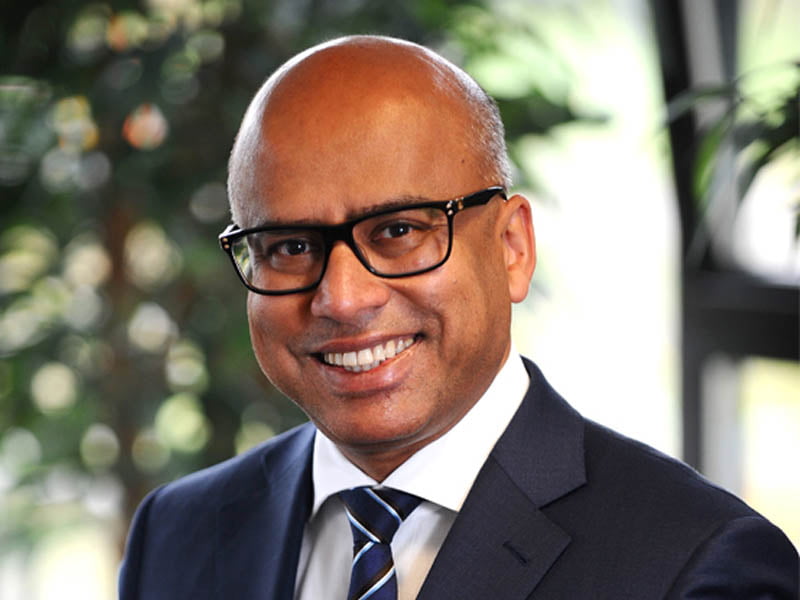Just when you thought vehicle manufacturing in Australia had gone the way of the dodo, billionaire UK investor Sanjeev Gupta has popped up with a bid to buy some of GMH’s old Elizabeth plant in South Australia to build electric vehicles here.
Mr Gupta is executive chairman of UK-based GFG Alliance and is already renowned as a rejuvenator of declining assets.
In the UK he is called the “man of steel” for rescuing 25 British steel mills, car plants and engineering workshops from closure, and the company website claims Mr Gupta has since 2013 acquired and relaunched 35 businesses worldwide, saving 11,000 jobs.

And he has rescue form locally after cutting a $700 million deal in July last year to buy the former Arrium steelworks in Whyalla, saving many jobs.
He has also bought a majority stake in local battery storage and solar energy outfit ZEN Energy, a move designed to help cut power costs at the Arrium steelworks, and to further GFG Alliance’s interests in renewables.
The move to buy up part of the Elizabeth GMH plant, which produced the last Holden in October, came to light after the Adelaide Advertiser obtained a letter this week from SA Treasurer Tom Koutsantonis.
In the letter to GMH reported by the Advertiser and other news outlets, Mr Koutsantonis urges the US carmaker to support Mr Gupta’s bid.
“We are incredibly excited and supportive of the GFG Alliance’s bid and subsequent plans to ensure the continuation of our very proud history of automotive excellence and innovation in South Australia,” Mr Koutsantonis wrote in a letter dated January 17.
“We believe that the GFG Alliance’s plans would put South Australia at the forefront of the inevitable transition of the Australian market to electric vehicles and ask that all due consideration be given to their bid and the potentially significant benefits to the automotive industry and broader community in South Australia,” the letter said.
When the Chifley Labor government helped broker a deal with General Motors Holden, the local subsidiary of US-based GM to produce a locally designed car back just after WW11, the downstream business and employment effects were dramatic.
The first 48-215 model Holden rolled off the line in November 1948. By the 1958 FC model Holden, local content was 98 per cent and there were 4000 local companies contributing component parts for a car that owned half the local market.
Mr Gupta’s plan to use some of the decommissioned Holden plant for electric vehicle production is intriguing given that fully battery powered electric cars like the Tesla bear little resemblance in a mechanical and manufacturing sense to petrol vehicles like the last locally produced VF11 Commodore.
However Mr Gupta plans to use the iStream manufacturing process developed by GFG Alliance partner Gordon Murray Design, according to Mr Koutsantonis’s letter.
Gordon Murray Design is the eponymous company behind automotive uber geek Professor Gordon Murray who designed the McLaren F1 race cars.
On its website, Gordon Murray Design describes the iStream process as a “radical cradle-to-grave rethink on the automotive manufacturing process” that employs already known technologies.
It claims iStream sites require 80 per cent less investment than traditional assembly plants and that iStream processes strip out weight and lower the parts count to produce vehicles that weigh up to 200kg less than a typical supermini design.
Gordon Murray Design has produced both petrol and electric concept cars using the iStream process.
Do you know more? Contact James Riley via Email.

